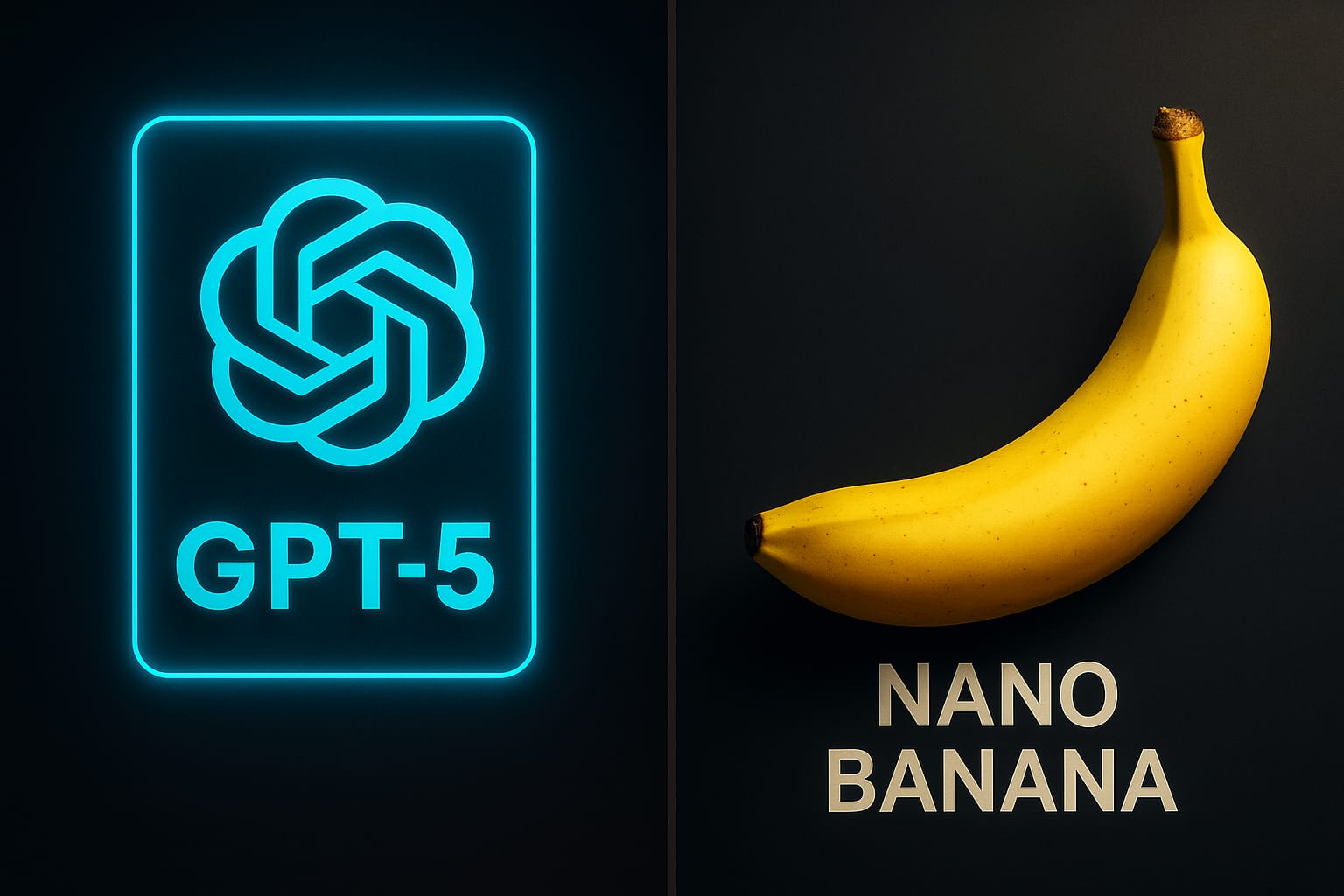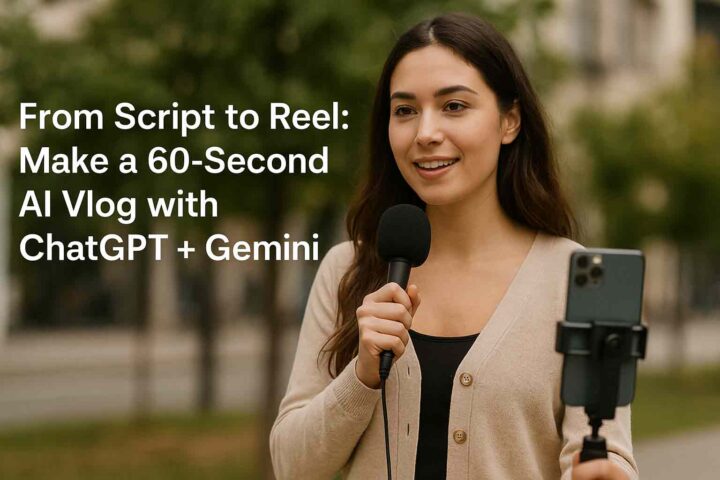In the swirling world of AI breakthroughs, two names have emerged to define 2025’s technological frontier: GPT-5, OpenAI’s advanced multimodal language model, and Nano Banana, Google’s highly precise image-editing gem powered by Gemini 2.5 Flash Image. At first glance, they inhabit different domains, text versus image, but a deeper look reveals how both capture our imagination by delivering accuracy, speed, and creativity. This overview explores how each model excels and what their rivalry tells us about the future of AI.
GPT-5: Multimodal Reasoning and Expert-Level Answers
GPT-5 carries the torch for generative language models with native multimodality that blends text and images and routes tasks to the right balance of speed and deep reasoning. It has been framed as a high-accuracy assistant for domains where precision matters, from medicine and law to technical research and complex analysis. For professionals who need nuanced answers with fewer hallucinations and improved safety filters, GPT-5 represents a leap toward concise, expert-level guidance you can apply directly to real work.
Explore OpenAI’s model information on the official site: OpenAI. For broader AI coverage and tool roundups, see our in-house News and AI Tools sections.
Nano Banana: Gemini 2.5 Flash Image for Consistent, Fast Edits
Nano Banana, the playful codename for Google’s Gemini 2.5 Flash Image model, has taken image editing by storm. Its hallmark is visual consistency: faces and fine details remain stable across pose changes, outfit swaps, background alterations, and multi-step edits. Creators praise the way prompt-driven workflows turn complex edits into natural conversations, enabling cinematic enhancements, photorealistic retouching, and style-accurate transformations at impressive speeds. For designers, marketers, and storytellers who want reliable, polished visuals without heavyweight software, Nano Banana has become a go-to creative engine.
Read more on Google’s developer update: Google Developers Blog. For trend context and practical guides, browse our Technology coverage.
How They Compare in Real Workflows
Though GPT-5 and Nano Banana serve different functions, they share a core strength: precise, high-quality output in their respective domains. When GPT-5 is synthesizing complex research, drafting policy summaries, or guiding diagnostic reasoning with careful citations and guardrails, Nano Banana is redefining expectations for visual creativity by delivering faithful edits, fast render times, and strong adherence to style prompts. Writers, analysts, and product teams lean on GPT-5 for clarity and depth; creators, advertisers, and brand studios rely on Nano Banana for photorealism and consistency. The smartest workflows blend both, ideate and reason with GPT-5, then execute compelling visuals with Nano Banana, to ship content that is coherent, credible, and visually outstanding.
What This Means for Creators and Teams
The real story is accessibility and productivity. GPT-5 cuts through complexity with reasoning power once confined to domain experts, while Nano Banana elevates image editing to a prompt-first experience anyone can use. Together they point to an AI future that is powerful, precise, and deeply helpful. Instead of choosing one over the other, professionals will compose them like instruments: GPT-5 for thinking and language, Nano Banana for vision and style. The result is faster iteration, fewer bottlenecks, and content that meets modern expectations for accuracy and polish.
Where to Go Next
For hands-on reviews and tool comparisons, visit our AI Tools hub. To track major launches and policy shifts, follow our weekly News roundup. If you are evaluating platforms for your stack, start with OpenAI for GPT-5 resources and Google’s Developers Blog for Gemini 2.5 Flash Image (Nano Banana) updates.




